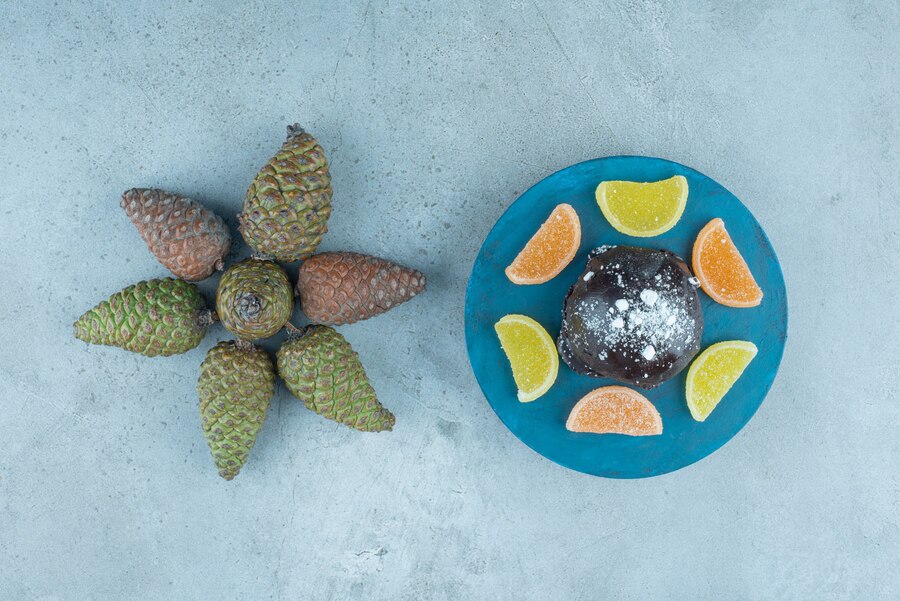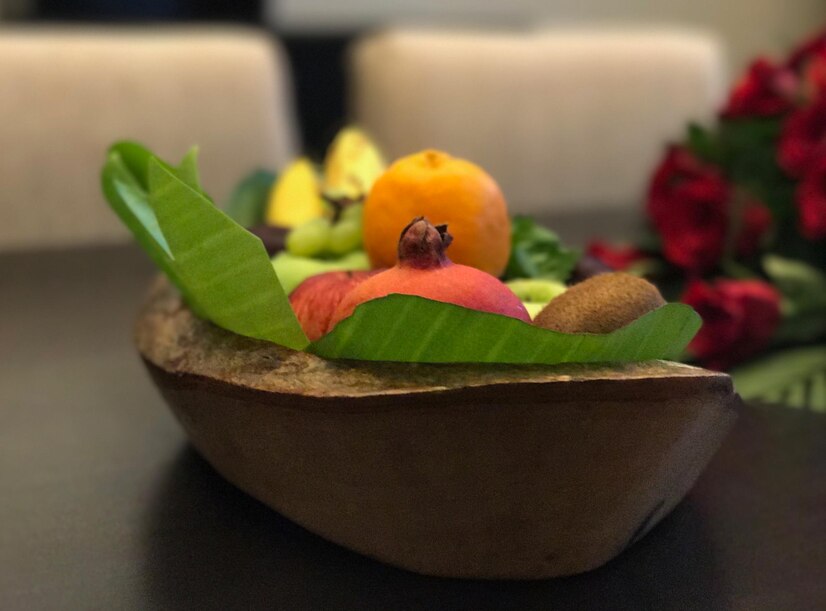The Monstera Deliciosa, often called the “Swiss cheese plant,” is famed for its striking leaves with unique holes. However, it’s not just a decorative houseplant—its fruit is a tropical delight. Known as the “fruit salad plant” in some circles, the Monstera Deliciosa fruit offers a tantalizing flavor reminiscent of a mix of pineapple, banana, and mango. Let’s explore everything you need to know about this intriguing and rare fruit.
What is Monstera Deliciosa Fruit?
The Monstera Deliciosa fruit is the edible part of the Monstera plant, native to tropical rainforests of Central America. It resembles a green ear of corn or a long, scaly cucumber. The fruit’s exterior consists of hexagonal scales that peel away when the fruit ripens, revealing the sweet, aromatic pulp inside.
How Does the Fruit Taste?
The Monstera fruit’s flavor profile is complex and delightful. Described as a blend of pineapple, banana, and mango, it offers a unique tropical taste experience. When properly ripened, the fruit’s flesh is juicy, tender, and bursting with sweetness, making it a sought-after delicacy in some regions.
Nutritional Value of Monstera Deliciosa Fruit
The Monstera fruit is not only delicious but also nutritious. It contains:
Vitamins C and B
These essential vitamins support immune health, energy production, and cellular functions.
Potassium
This mineral is crucial for maintaining healthy blood pressure and overall cardiovascular health.
Fiber
Monstera fruit contains dietary fiber, aiding in digestion and promoting gut health.
How to Know When Monstera Deliciosa Fruit is Ripe
Timing is everything when it comes to enjoying Monstera fruit. An unripe Monstera fruit can cause irritation due to the presence of calcium oxalate crystals. Here’s how to tell if it’s ready to eat:
Check the Scales
The fruit is ripe when its green scales start to peel off naturally. If they don’t fall off easily, it’s not yet ready.
Aroma
A sweet, fragrant aroma indicates ripeness.
Texture
The flesh should be soft and juicy, not tough or dry.
How to Eat Monstera Deliciosa Fruit
To enjoy the fruit safely and savor its best taste, follow these steps:
Wait for Ripeness
Allow the scales to naturally fall off or peel away from the top of the fruit.
Remove the Scales
Gently peel away the scales to expose the soft, edible flesh beneath.
Scoop Out the Pulp
Use a spoon to scoop out the juicy pulp. Be careful to avoid any unripe parts, which can cause irritation.
Caution: Safety Considerations
While Monstera fruit is safe when ripe, consuming unripe parts can lead to mouth and throat irritation due to calcium oxalate crystals. These sharp crystals can cause a burning sensation and discomfort. Always ensure the fruit is fully ripe before eating.
Culinary Uses of Monstera Fruit
The Monstera fruit is a versatile ingredient in tropical cuisine. Here are some popular uses:
Smoothies and Shakes
Blend the ripe pulp with other fruits for a refreshing, tropical beverage.
Desserts
Add Monstera pulp to ice creams, sorbets, and fruit salads for a unique twist.
Toppings
Use it as a topping for yogurt, oatmeal, or pancakes to add a burst of flavor.
Growing Your Own Monstera Deliciosa Fruit
If you’re a plant enthusiast, you might be interested in growing your own Monstera Deliciosa for its fruit. Here’s what you need to know:
Climate Requirements
Monstera thrives in warm, humid climates with indirect sunlight.
Patience is Key
It can take several years for a Monstera plant to bear fruit, so patience is essential.
Soil and Watering
The plant prefers well-draining soil and regular watering to mimic its tropical environment.
The History and Origins of Monstera Deliciosa
The Monstera plant originates from Central America’s tropical rainforests, where it climbs trees to access light. In its native habitat, the fruit has been enjoyed for centuries by indigenous peoples. Its unique flavor and texture have also made it a curiosity and delicacy in other parts of the world.
Health Benefits of Monstera Deliciosa Fruit
Immune Support
Rich in Vitamin C, Monstera fruit helps boost immune defenses.
Digestive Aid
The fiber content supports healthy digestion and regular bowel movements.
Energy Booster
Vitamins and natural sugars provide an energy boost, making it a great snack.
Common Myths and Misconceptions
Some people mistakenly believe all parts of the Monstera plant are toxic. While the leaves and unripe fruit contain calcium oxalate crystals, ripe fruit is perfectly safe to consume.
Monstera Deliciosa as a Houseplant
Monstera Deliciosa is a popular indoor plant, prized for its large, holey leaves. While it’s primarily grown for aesthetics, it can also bear fruit indoors under the right conditions, though this is less common.
Caring for Your Monstera Plant
Light
Provide bright, indirect sunlight to mimic its natural rainforest habitat.
Water
Keep the soil moist but not soggy. Allow the top inch to dry out before watering again.
Humidity
Monstera thrives in high humidity. Consider misting or using a humidifier.
Fun Facts About Monstera Deliciosa Fruit

It’s often called the “fruit salad plant” because of its mixed-fruit flavor.
Monstera Deliciosa is also known as the “Swiss cheese plant” due to its holey leaves.
In some cultures, the fruit is considered a delicacy and is used in special dishes.
Conclusion
Monstera Deliciosa fruit is a fascinating and delicious tropical treat, offering a unique blend of flavors and numerous health benefits. While it requires patience to ripen and careful handling to avoid irritation, the effort is well worth it for its delightful taste and nutritional value.
FAQs
Is Monstera fruit safe to eat?
Yes, as long as it is fully ripe. Unripe fruit can cause irritation due to calcium oxalate crystals.
How do I know when Monstera fruit is ripe?
When the scales start to peel away naturally, and it emits a sweet aroma.
What does Monstera fruit taste like?
It has a tropical flavor blend of pineapple, banana, and mango.
Can I grow Monstera fruit indoors?
It’s possible but challenging. The plant needs the right conditions to bear fruit.
Is Monstera fruit nutritious?
Yes, it contains vitamins C and B, potassium, and fiber.
